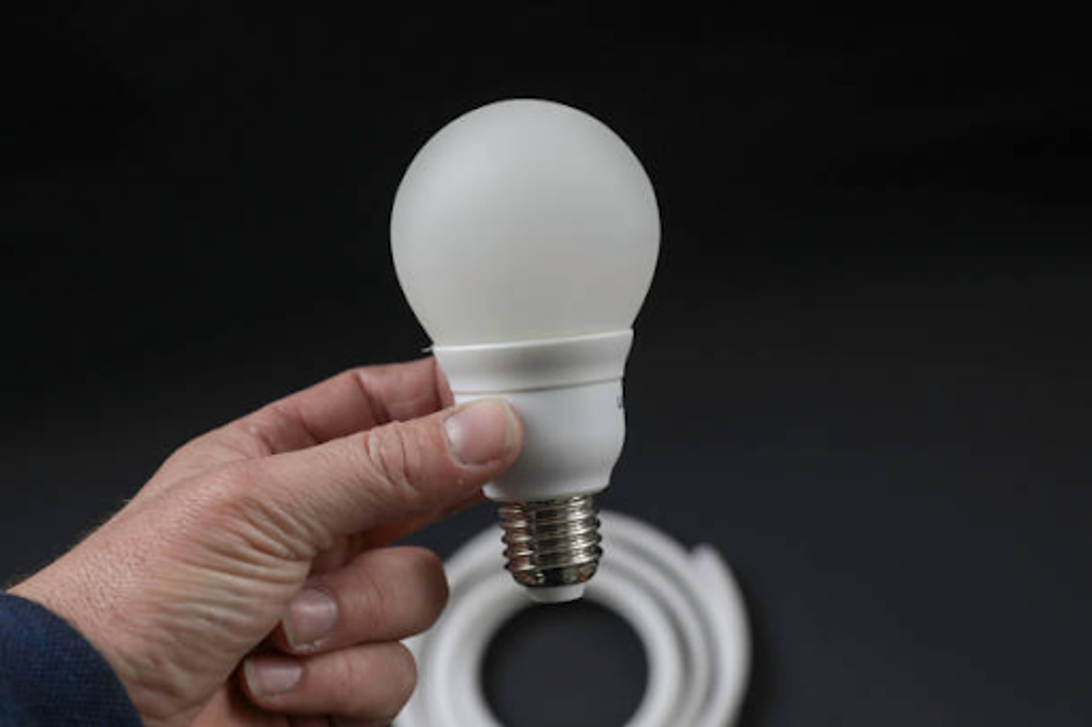As LED technology continues to revolutionize the lighting landscape, questions regarding the compatibility and safety of these bulbs in various fixtures arise. One common inquiry revolves around the use of E26 LED bulbs in enclosed fixtures. In this safety guide, we'll delve into the intricacies of using E26 LED bulbs in enclosed environments, addressing concerns, highlighting safety considerations, and providing valuable insights for a secure and efficient lighting experience.
Understanding E26 LED Bulbs: A Recap:
Before delving into the specifics of using E26 LED bulbs in enclosed fixtures, it's crucial to revisit the fundamentals of the E26 base. The E26 designation refers to the Edison Screw base, featuring a 26mm diameter. These bulbs are widely used in household fixtures, offering energy efficiency, durability, and a range of brightness options.
Can E26 LED Bulbs Be Used in Enclosed Fixtures?
While E26 LED bulbs are suitable for a variety of fixtures, using them in enclosed environments requires careful consideration. Enclosed fixtures, such as ceiling fans, recessed lighting, or outdoor lanterns, can affect the temperature conditions surrounding the bulb. LEDs are sensitive to heat, and if trapped in an enclosed space, the heat generated can impact their performance and longevity.
Safety Considerations: Heat Dissipation Matters:
One of the primary concerns when using E26 LED bulbs in enclosed fixtures is heat dissipation. LEDs produce heat, and when confined in an enclosed space, this heat can accumulate, potentially affecting the bulb's performance and lifespan. To ensure safety and optimal performance:
- Check Manufacturer Guidelines:
Consult the manufacturer's guidelines and recommendations for the specific LED bulbs you intend to use. Manufacturers often provide information about the bulbs' suitability for enclosed fixtures.
- Choose LEDs with Proper Ventilation:
Opt for E26 LED bulbs designed with efficient heat dissipation mechanisms. Look for bulbs equipped with heat sinks or other technologies that facilitate the dissipation of heat, even in enclosed spaces.
- Consider Temperature Ratings:
Pay attention to the temperature ratings specified by the manufacturer. LEDs designed for enclosed fixtures typically have higher temperature tolerances, ensuring reliable performance in confined spaces.
- Avoid Overloading Fixtures:
Be mindful of the fixture's wattage and lumens capacity. Avoid exceeding the recommended wattage or lumen levels, as this can contribute to excessive heat buildup.
Benefits of Using E26 LED Bulbs in Enclosed Fixtures:
Despite the considerations, E26 LED bulbs offer several benefits in enclosed fixtures:
- Energy Efficiency:
E26 LED bulbs are inherently energy-efficient, providing substantial energy savings compared to traditional incandescent bulbs.
- Longevity:
LED bulbs have a longer lifespan, reducing the frequency of replacements, even in enclosed fixtures.
- Versatility:
E26 LED bulbs come in various color temperatures and styles, offering versatility to suit different lighting preferences.
Conclusion: Striking a Balance for Optimal Performance:
In conclusion, using E26 LED bulbs in enclosed fixtures is indeed possible, provided that certain precautions are taken. It's essential to strike a balance between harnessing the benefits of LED technology and ensuring safety and longevity in enclosed environments. Always refer to manufacturer guidelines, choose bulbs with efficient heat dissipation mechanisms, and adhere to recommended wattage and lumen levels for a secure and efficient lighting experience.
By understanding the nuances and taking necessary precautions, you can enjoy the energy efficiency and brilliance of E26 LED bulbs in various enclosed fixtures, enhancing both the aesthetics and functionality of your living or working spaces.

